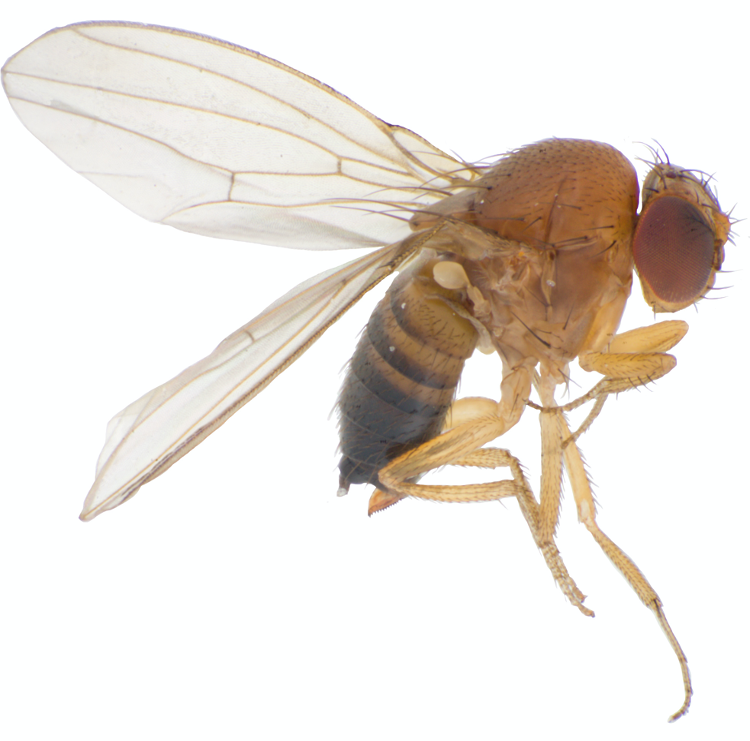
According to the University of Georgia Extension Integrated Pest Management blog, a statewide survey of the spotted wing drosophila (SWD), an invasive and costly pest of blueberries, is underway in Georgia. Its purpose is to confirm reports and to develop a distribution map throughout the state.
SWD was first found in Georgia in 2010 and can cause up to 20% crop losses every year.
Blueberries’ susceptibility begin as soon as the maturing fruit starts to change color from green to purple up until they are harvested. A female SWD can lay eggs into intact fruit using its serrated ovipositor. Although the fruit receives some damage during egg insertion, the majority of the damage is caused by larval feeding.
The SWD larvae eat the fruit pulp causing fruit to collapse often within days of egg-laying. Because SWD attacks commercially viable fruit, SWD poses a significant risk for blueberries, which is a $255 million industry in Georgia. If SWD is not managed, fruit infested with SWD larvae could be harvested. It will lead to either a downgrade in quality or rejection of the entire shipment.
Management tactics include the following:
- Monitor fields with traps and check the traps every week, starting from fruit-set until harvest.
- Check the trapped flies and identify SWD to determine presence and number of males and females.
- Once SWD is detected, apply effective insecticides registered for blueberries weekly.
- Apply insecticides early in the morning or late in the evening during peak SWD activity periods.
- Calibrate your sprayer to ensure proper coverage.
- Rotate insecticides to delay insecticide resistance.
- Continue monitoring of the pest.
- Harvest as frequently as possible and remove leftover fruit from the orchard.
- If infested berries are found, they should be bagged inside plastic bags to prevent fly escape and placed in the sun to kill SWD before they complete development and emerge to continue infesting more fruit.









